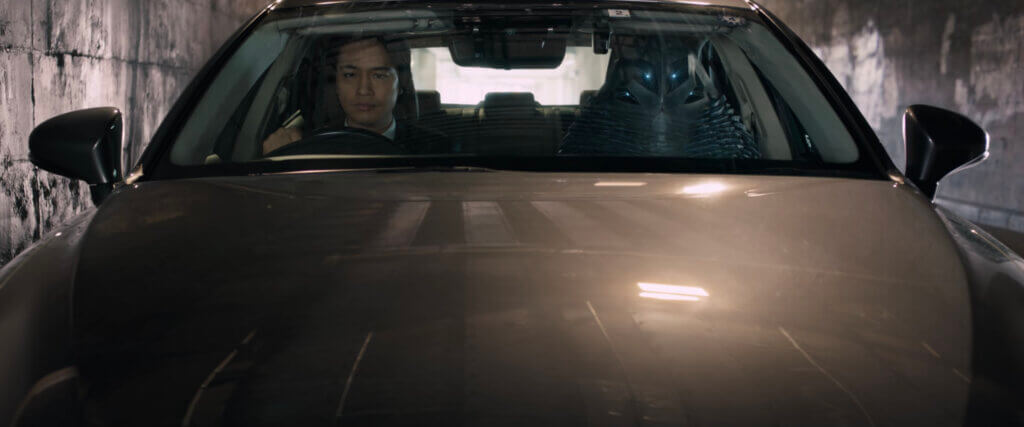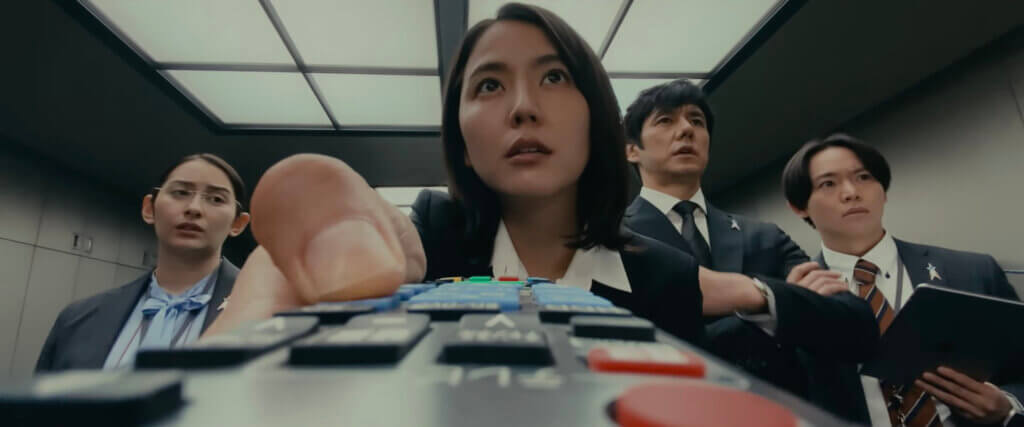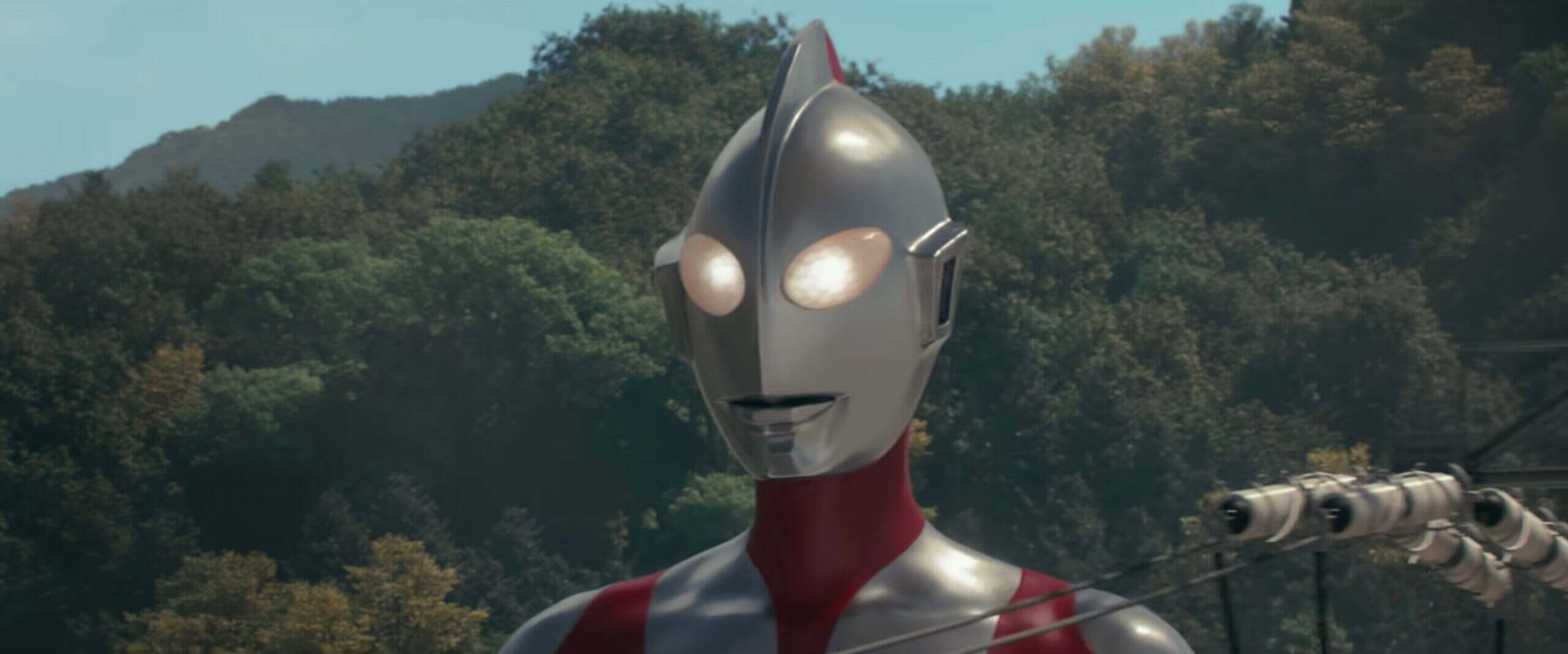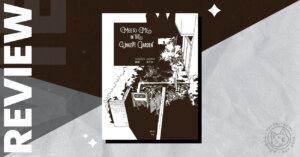Just like any major blockbuster film these days, when a film produced by Evangelion creator Hideaki Anno hits theaters, it is an event. This month saw such an event when the man himself, along with his Shin Godzilla crew of Shinji Higuchi as the director and Shiro Sagisu on music, helmed Anno’s childhood dream – Shin Ultraman.
For those not up with the boomers and their childhood shows, Ultraman is a 56-year-old tokusatsu (special effects) franchise that is one of the most popular in the medium, as well as being highly influential to creators all over Japan – including the aforementioned Anno and Higuchi. Shin Ultraman is a reimagining of the franchise from the perspective of life-long fan Anno.

After Gomass first attacks Japan, the island nation starts to be inundated with giant monster attacks – the only nation to have this occur. The Japanese government sets up the S-Class Species Suppression Protocol (SSSP) to help fight these “S-Class Species.” Shin Ultraman follows this governmental organization as Shinji Kaminaga and Hiroko Asami join it. That is until a mysterious alien they dub “Ultraman” appears to protect humanity.
Ultraman vs. Shin Ultraman
Like Shin Godzilla before it, Shin Ultraman does its best to go back to the basics of what made the franchise great and go from there. Well, at least what Hideaki Anno thinks made the franchise great. Don’t get me wrong, Shin Ultraman delivers on the original message of “hope” and “humanity,” but in doing so has moved far away from modern Ultraman. It will be interesting to see what fans of the goofy Ultraman R/B think of a more serious rendition of the superhero.
As someone that has watched some (but not all) of modern Ultraman, I feel that Shin Ultraman does its best at balancing the goofiness of Ultraman with the seriousness of Japanese bureaucracy seen in other Anno works like Shin Godzilla. These moments include the super static flying, spiraling spinning moves, and overall juxtaposition of these weird-looking alien creatures taken 100% seriously next to the Prime Minister of Japan in the DIET building. Seeing Zarab, voiced by the great Kenjiro Tsuda (the titular ex-Yakuza Househusband in The Way of the Househusband), waltzing into the SSSP in just a trench coat as a disguise with no one batting an eyelid was both unintentionally funny and refreshing compared to the mainline franchise. These are moments only Anno’s Ultraman could get away with.

That being said, Shin Ultraman feels like a full thematic sequel to Shin Godzilla – not in terms of story theming and such – but in the delivery of how the film is presented outside of the usual Ultraman tropes.
The government officials talk incredibly fast about bureaucratic nonsense. The camera angles are turned up to eleven with what looks like Anno’s personal U.S.S Enterprise taking up half the screen in some shots. And, Sagisu’s wonderful score underlines the entire feature, though without any Evangelion tunes this time! It was all very common elements that can be seen in all of Anno’s other works. It didn’t help that the first joke of the film was a riff on Shin Godzilla, which is no wonder why Toho was involved in the film!
Hideaki Anno’s Life-Long Vision
I’ve prattled on about Anno and his vision on Ultraman without even mentioning Higuchi, the credited director for Shin Ultraman. That’s for one good reason: this is Anno we’re talking about. He’s a man that’ll designate a task to another while he watches, then after a day takes up the camera work on his phone and do it himself.
And while I’m not claiming with factual evidence that is what happened with Shin Ultraman, it was plainly obvious where the inspiration for the look of the film came from – Akio Jissoji. The late Akio Jissoji was a director who worked on the early Ultraman series’ and was known for their obtuse camera angles where an inanimate object takes up half the screen. These angles carry over to Shin Ultraman, where 95% of the real estate of the frame being taken up is clearly an homage to this.

Watching Shin Ultraman on Japan’s biggest IMAX screen had me moving my head from side to side so quickly I felt like I was watching a tennis match, especially with the characters who were talking shoved into the corner of the frame so a chair could take up most of the shot. After the quick cuts, I was worried my neck would start to hurt.
The large IMAX screen also made it more noticeable when the camera used was changed from the ARRI AMIRA (used for most shots), to what looked like an iPhone camera, complete with the smoothing process that it uses on human skin. It’s obvious why the crew of Shin Ultraman went with the iPhone (if they didn’t, I’d be interested to know what they used instead), being that it was used to create the shots they wanted in some incredibly tight spaces. Personally, as an advocate of iPhone filmmaking, I was just surprised to see it on such a large screen.
How does the newest Ultra film stack up?
The fight scenes look great, the writing blended more than three villains in a way Spider-Man never could in a mostly organic manner, and it gave me my fix of Anno. Thus, it’s the perfect film for Anno fans, especially those who care more about the creator than what he actually creates and his sensibilities.
When compared to the likes of Shin Godzilla, which at this point may be in the same universe (and no, that promotional “Shin Japan Heroes Universe” thing doesn’t count), Shin Ultraman just doesn’t hit all those same notes as perfectly as Godzilla did, nor is it as entertaining as Shin Evangelion (the Japanese title for Evangelion 3.0+1.0: Thrice Upon a Time).

The acting was of the same quality as in Shin Godzilla, so a cut above the average in terms of Japanese live-action films, especially when having to play a goofy scene completely deadpan while the camera was under a desk somewhere pointed at you.
Shin Ultraman was great, especially as an homage to the much-loved character. Higuchi – who is known for his tokusatsu skills – delivered in leaps and bounds. There were moments that made me think, “Wow, I think a live-action Evangelion could work under this crew.”

Featured Sponsor - JAST
The sweetest romance and the darkest corruption, the biggest titles and the indie darlings; for visual novels and eroge, there's nowhere better.
Big thank you to our supporters
From their continous support, we are able to pay our team for their time and hard work on the site.
We have a Thank-You page dedicated to those who help us continue the work that we’ve been doing.
See our thank you page




